Another month, another talented LogoLounge member to take “Center Stage.” For August, we featured award-winning designer Kira Chao, who specializes in branding, illustration and UI work.

Tell us about yourself, your design style and your work.
My name is Kira Chao. I was born and raised in Hong Kong, a concrete jungle. Upon finishing my studies in Multimedia Design, I began working as a designer at an ad agency in my hometown. After working there for two years, I quit my job to travel through Europe in hopes of exploring new challenges. I eventually settled in Berlin, because of its multicultural environment and intriguing art scene, which I knew would be an ideal place for me with all of the opportunities that were presented there. I started off working at a small agency. Over the years, I experienced a lot of ups and downs, both in my career and life. I now work alone and have found great success as an independent designer with a focus on branding and illustration.
As a designer, I don’t limit myself to a particular style, because I like to be adventurous. I love exploring different styles, techniques, and mediums. To nourish this interest in exploring, I have kicked off a side project called, “365 days of Cacti,” where I create visual experiments. Although I have this “wild side,” I still value simplicity and always integrate subtle details into my work. To reduce a design to only its most essential and necessary elements is my philosophy. You may find my work minimalistic, and often finished with a kind of humorous twist.
![]()
When did you know you wanted to be a designer? What drew you into this profession?
I grew up with intensive art training and have always had a deep love for the arts. Growing up, I believed that I would become an artist. At the end of my high school years,I had to decide on a profession to pursue, so I chose graphic design over art thinking that this profession would grant me more opportunities.
During my program, I grew a profound interest in and respect for design, and at some point, I realized that I wanted to be surrounded by design and creative ideas all the time. I was fascinated by genius interactive ads found in the subway, alluring snack packaging examples that I came across, the clever branding of a local café … As someone who loves coming up with eye-catching and smart solutions to problems, I knew that I was destined for a career in design and that I had not made a mistake in choosing a specified major in multimedia design over art.
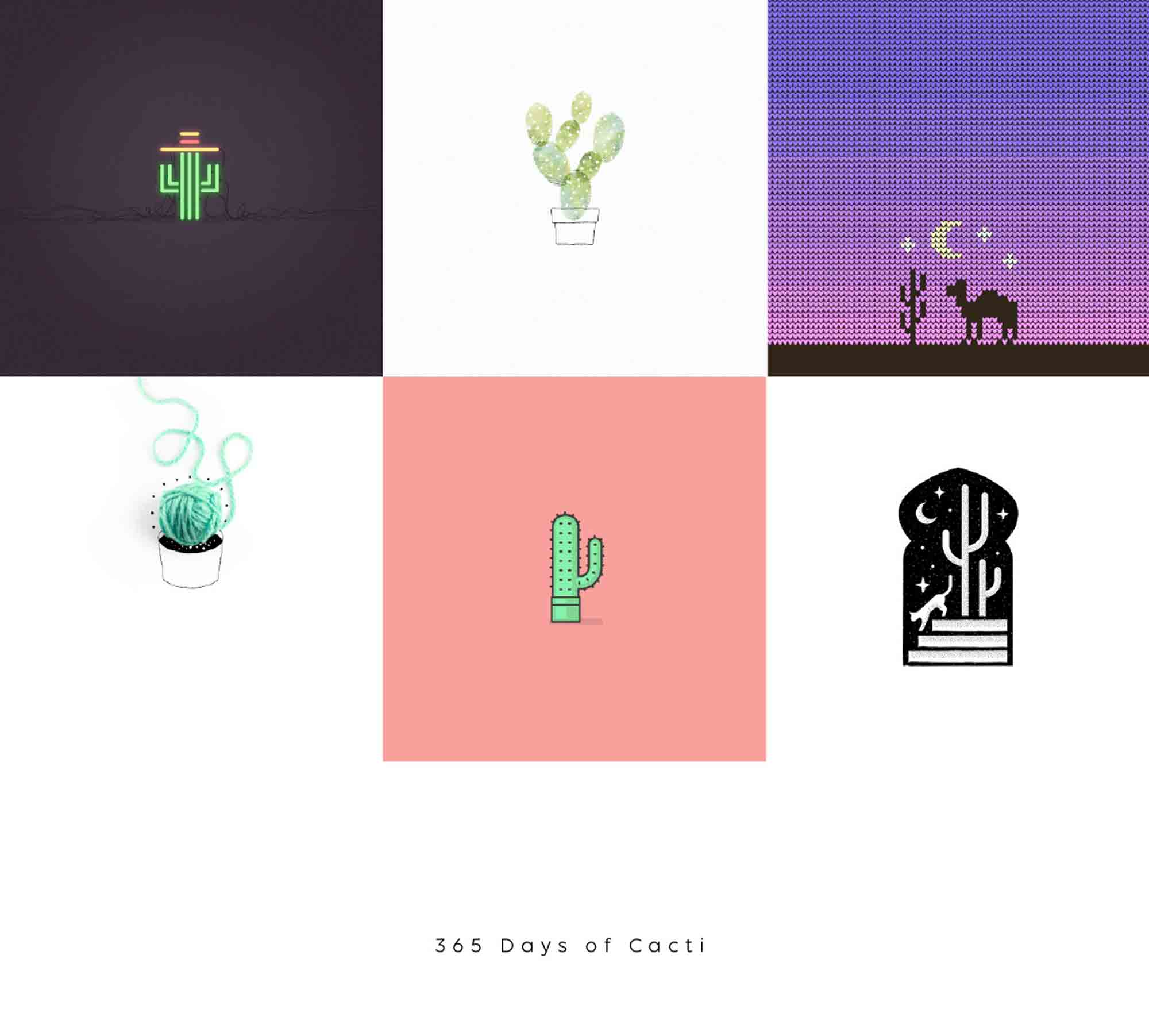
Please tell us about your creative process. What steps do you take when working on a project?
My process varies depending on the fields of the projects I undertake. Here, I’ll use a branding project as an example.
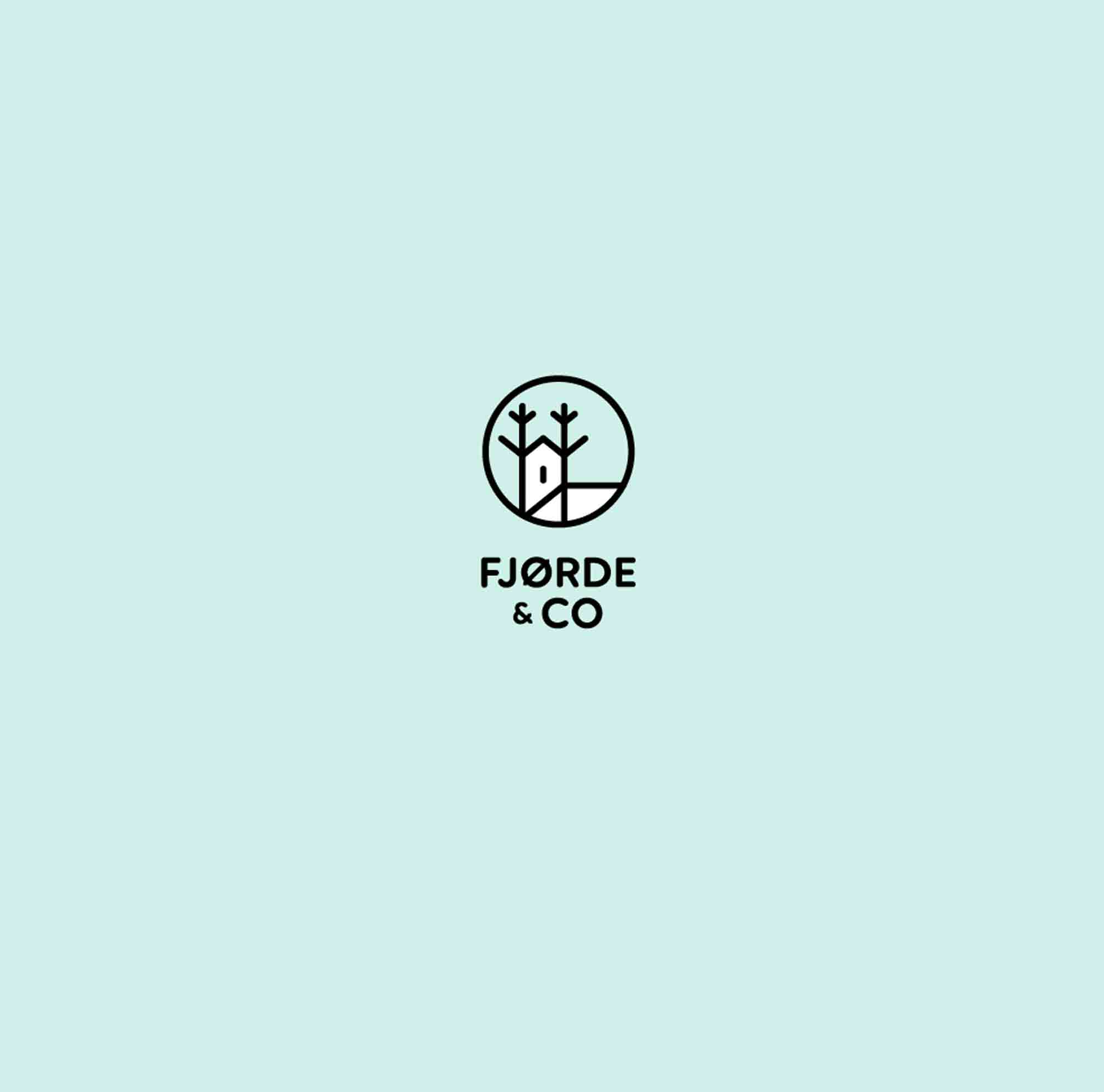
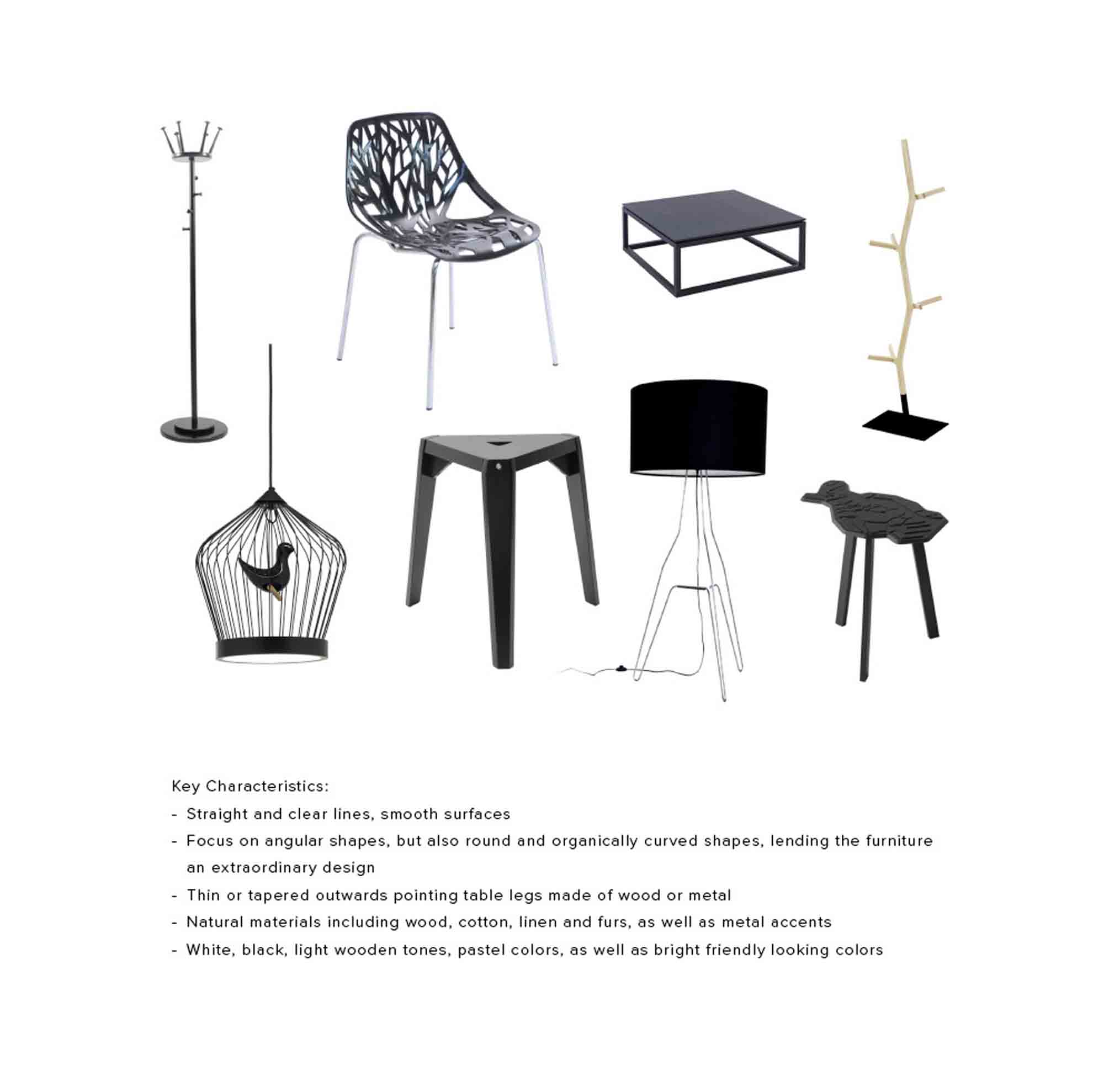
I usually start off by asking my clients a lot of questions. Here are some examples of the questions I ask my clients if they haven’t been clear in their briefs:
- Why do people buy/use your product/service?
- How are you different from your competitors?
- What are the messages you want to deliver?
These questions are extremely crucial for me to ask so that I can understand their product and industry before I begin my research and figure out the best creative solution. Such questions help me dive deeper and help me set goals.
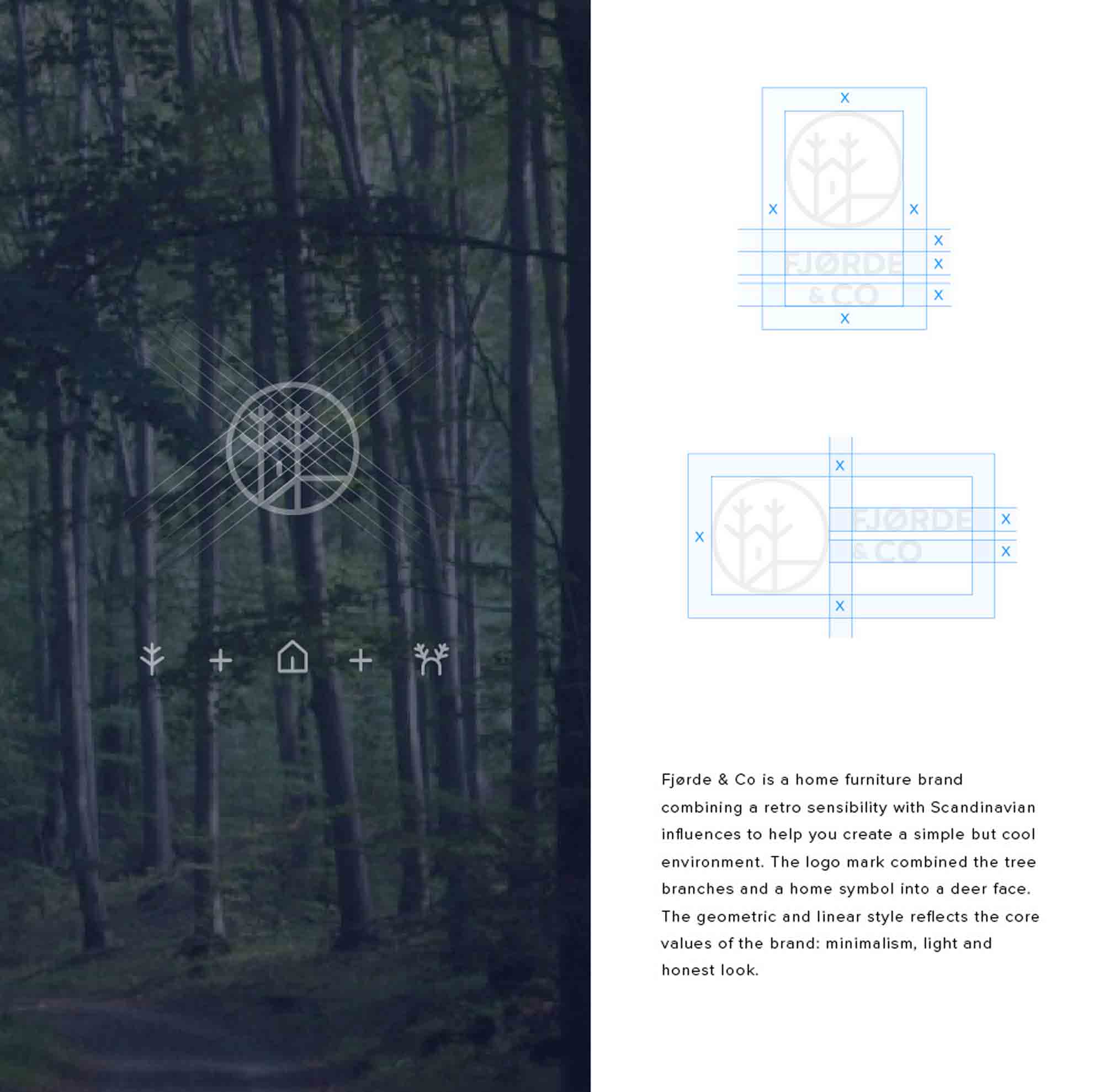
After gathering all the essential information I need, I come to the most joyous part of my process in my opinion: making mood boards, conceptualizing and sketching. Soon after, I narrow down my ideas to the most solid ones and jump to Illustrator to vectorize, do experiments with colors and shapes. All of these steps may repeat over and over until I’m satisfied with the outcome.
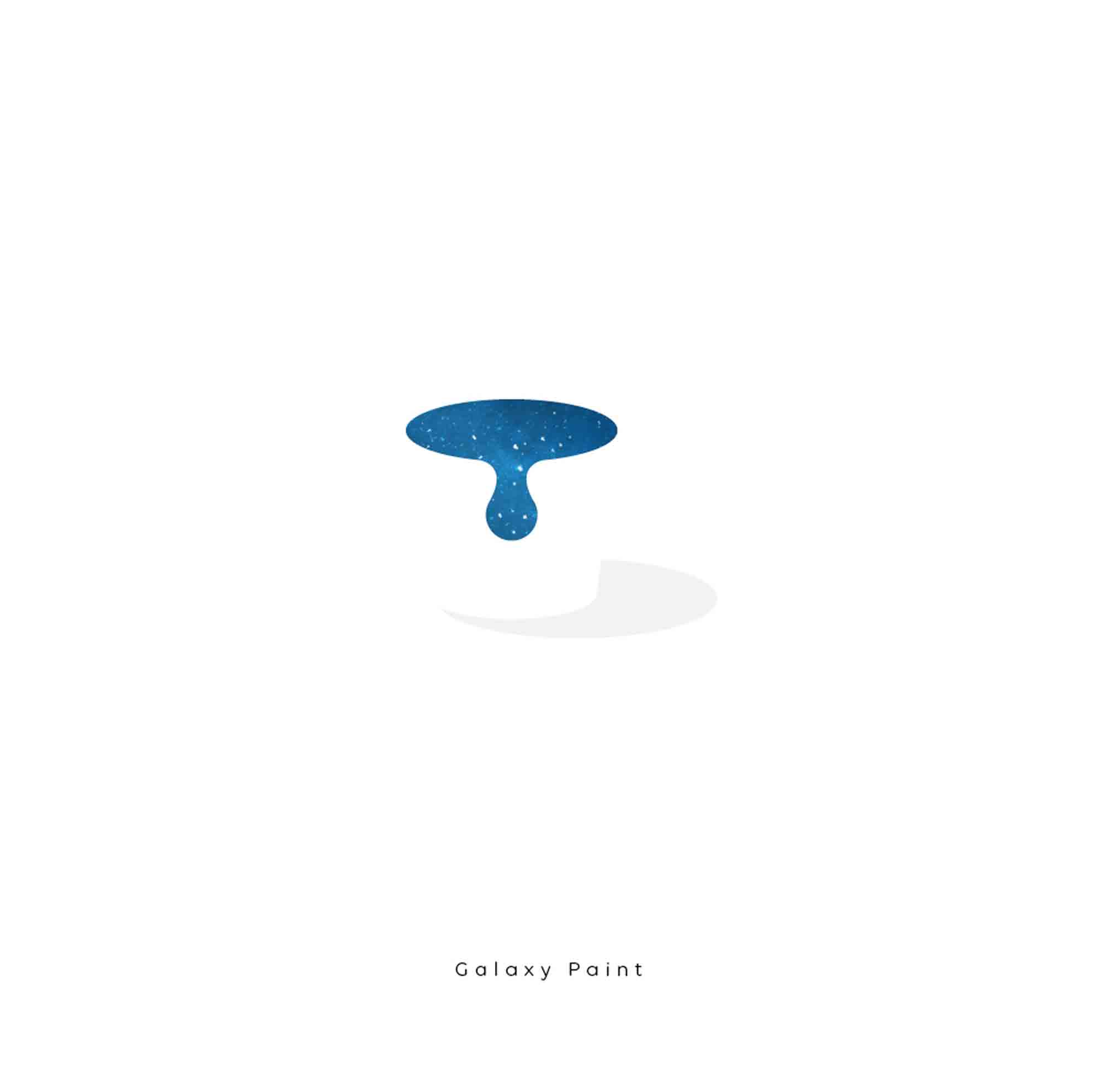
Describe your first logo project. How have you and your design grown since then?
My first logo project was to design a logo for one of our school’s sports days. I didn’t put much into consideration. Instead, I just incorporated as much as I could which I thought that would represent our athletic talents. It looked cheesy and it’s definitely a pain in the ass to look at now. One thing I’ve learned from this first project is to never go overboard, and that simplicity is oftentimes key.
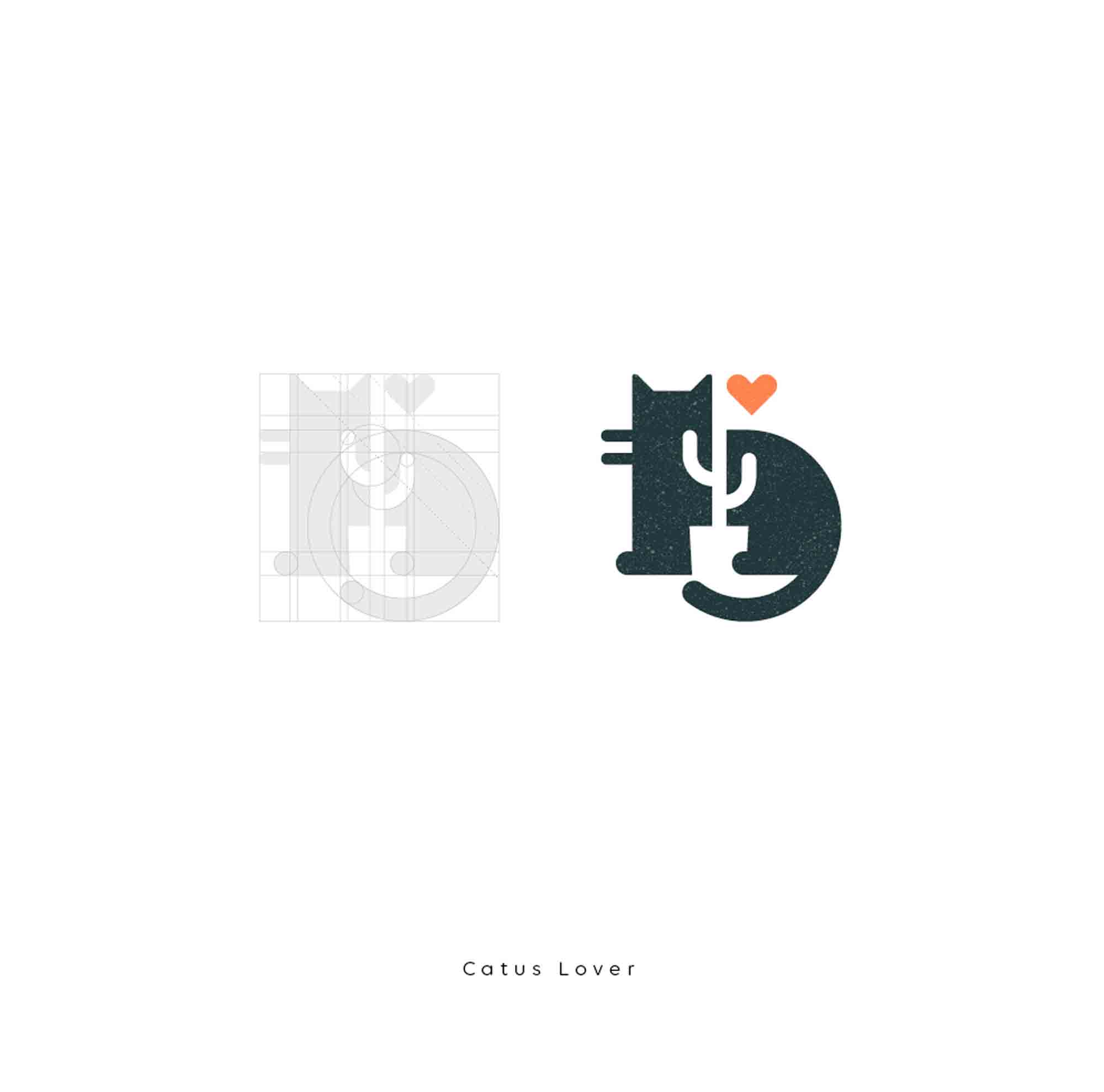
Who or what would be a dream client or project for you, and why?
Any tech-based projects big or small that offer smart solutions to our existing problems. Not long ago I attended some conferences at Tech Open Air here in Berlin and was deeply intrigued. From the founder of Ocean Cleanup, Boyan Slat and his inspirational talk on how tech is transforming our ecosystems, to the founder of Magnus App, Magnus Resch, and his interesting insights on how the art industry really works, along with how technology can bring revolutionary change to it… both talks were super inspirational, and I genuinely would love to contribute to any project which helps shape the future of the world we live in.
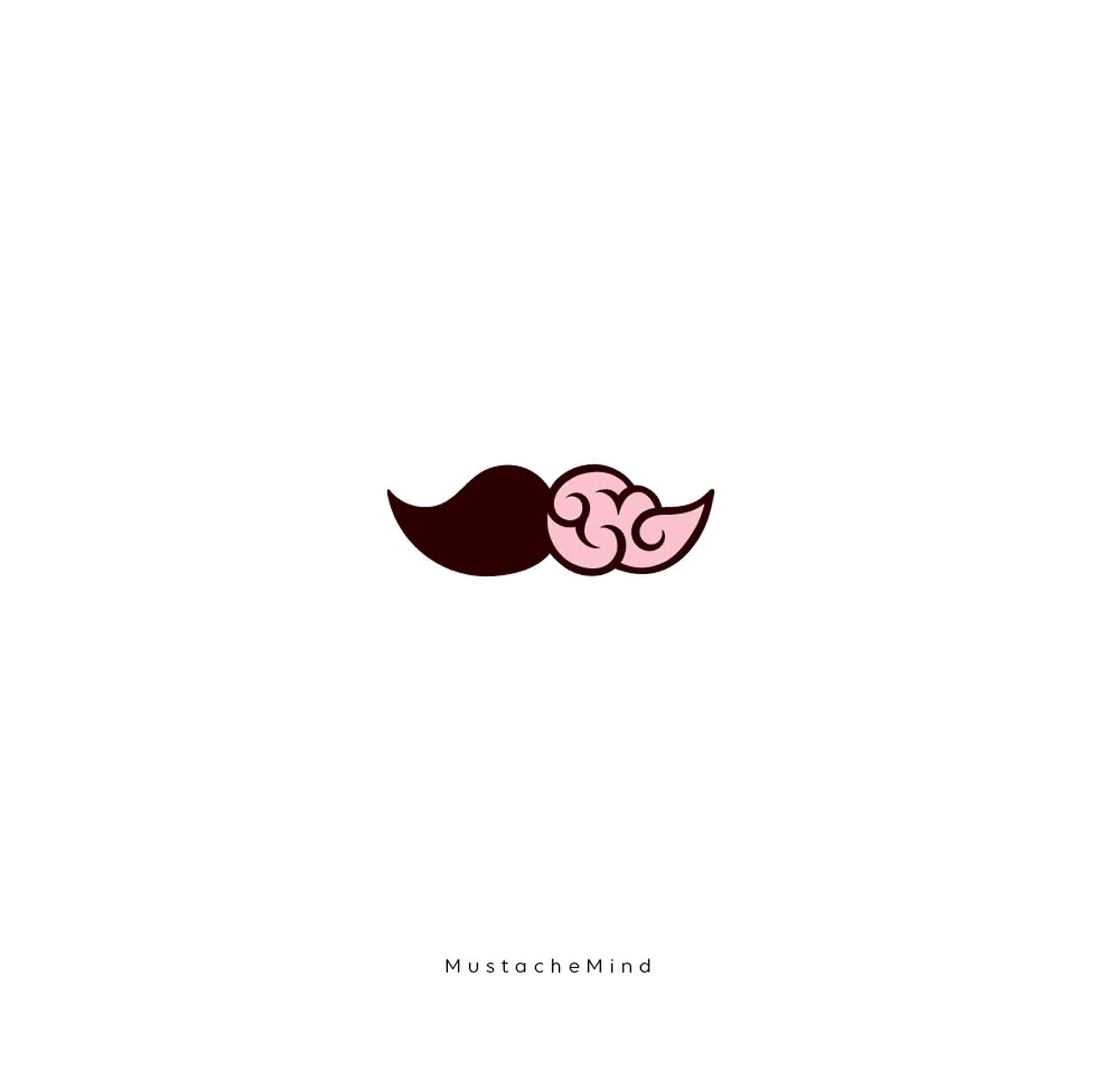
When you’re not designing, what are you doing? Any hobbies that would surprise us?
This may come to surprise some people, but growing up I was quite the trouble-maker. I loved taking things apart to see what was inside, in order to learn how things worked. From mechanical toys (usually my brother’s), to the VHS tapes in the classroom that were prepared to be played during class lessons, I used to disassemble pretty much anything I could reach to feed my curiosity. This hobby continues to this day. I still love to take things apart, but thankfully, I am now obsessed with putting things back together!
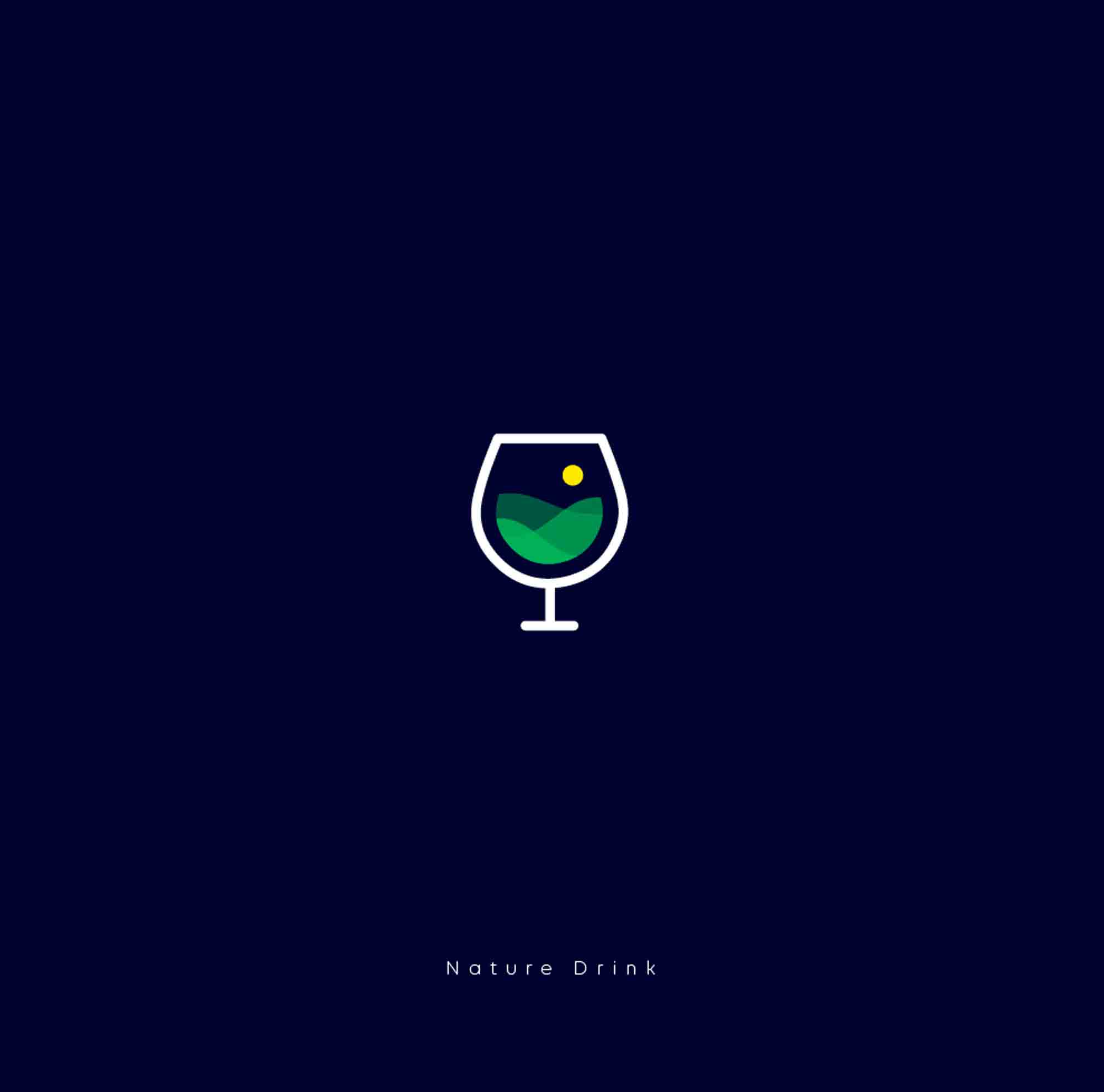
Any advice you can give to designers just starting out? Any advice to help veteran designers stay fresh?
For designers just starting out, you may often find yourself in tough situations with critiques, negative feedback, and endless revision requests. First off, don’t take it personally. Remember both sides of the spectrum want to make things work, and your clients have a deeper understanding of their products than you do. Remember that their suggestions can be useful and that you should always take them into consideration. Secondly, you can never assume that your work is perfect, as there’s always room for improvement. Taking in and truly understanding your critiques is a key factor in making progress while gaining knowledge and experience. You may be asking, but what about completely irrelevant critiques that won’t lead to anything good? To that, I say I feel you, but the easiest way to cope with this is to put yourself in their position to find out why they think a certain way, then explain why you are doing what you are doing to them. Remember, as designers, we aim to solve problems for our clients as well as explain to them why we make the decisions we do. So, enjoy the back-and-forth process, it eventually helps you grow your design skills and will give you that thick skin that is needed to be a successful designer.
For veteran designers, here are my humble two cents: Keep up and continue to further your design knowledge. I know it’s shocking to see how our industry has changed drastically over the years. So, polish your guns, focus on your design specialties, keep up with the trends but never lose your own style. It is so important to continue deepening and exploring your existing skills. By being an expert in the field, you gain more respect, more creative control, and eventually, this continued exploration will lead you to more interesting work (and a better income).
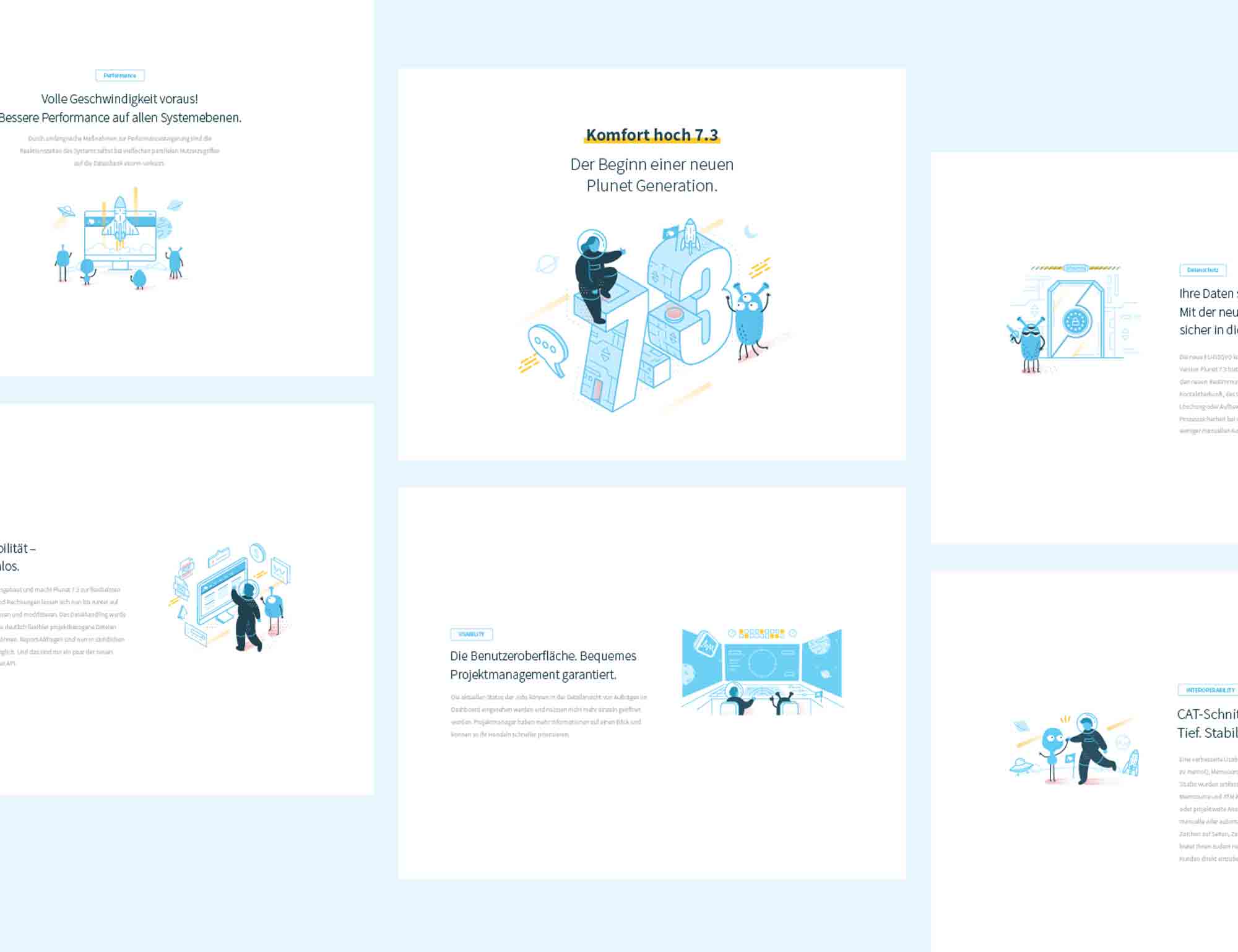
Who are your design heroes and why? What inspires you the most?
Definitely my dad. He is a super creative person. He loves creating furniture transformations, by turning an old object into something brand new. For example, he has turned an old chest into a chair, an old TV into a terrarium … Although his creations may not always be visually appealing, they’re always creative and functional in some way.
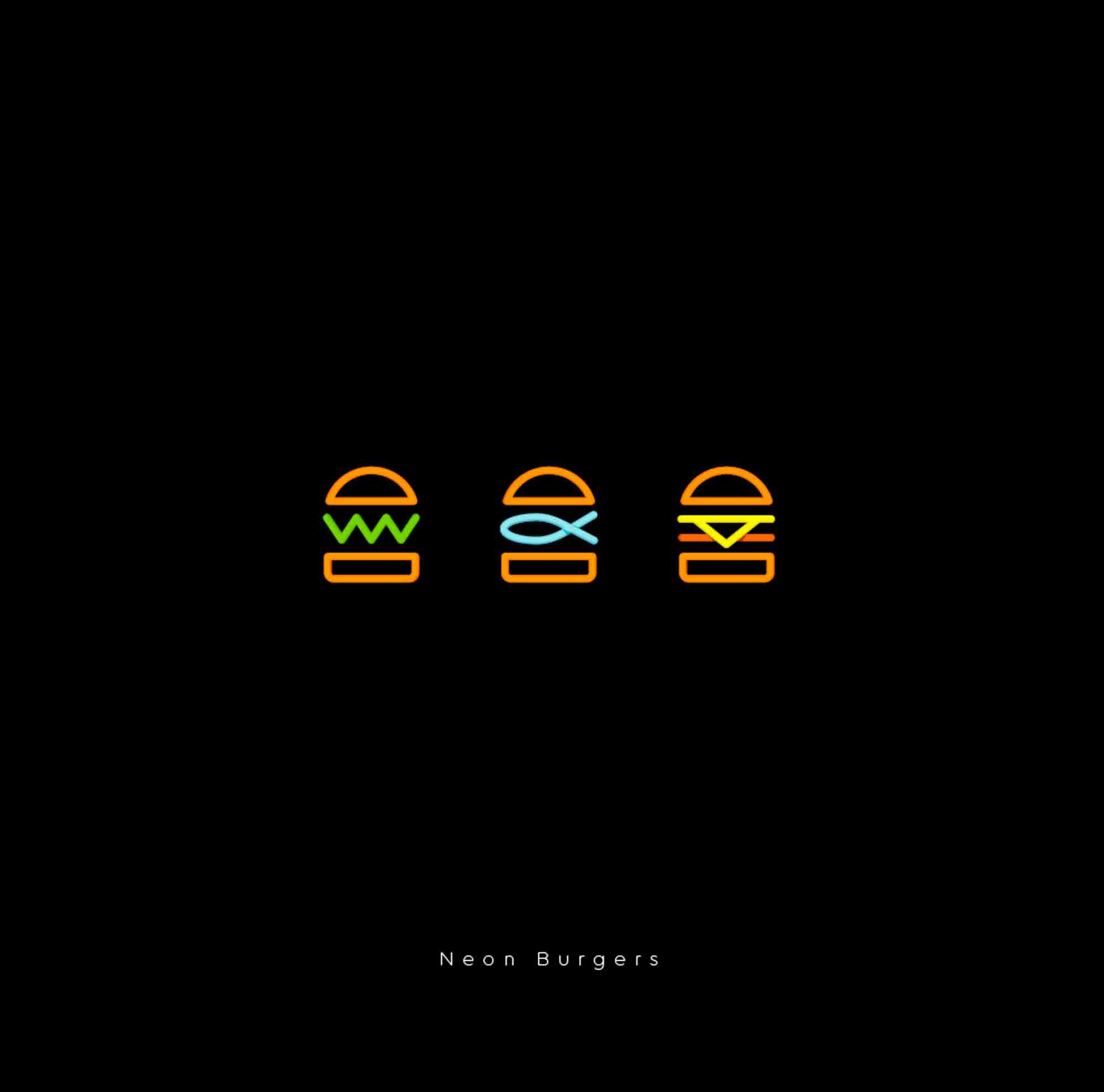
Tell us about a time when you disagreed with a client’s feedback. How did you handle that situation?
This happens all the time. Even though clients hire me because they trust my aesthetic, design style and creative approach, I often find myself defending my own work. There was this one time where I really disagreed with a client’s feedback and believed that what they were telling me was subjective. I asked them more questions to help myself understand their thoughts. Over the years, I have come to find that not everyone has a designer’s mind and that some people may not understand the important balance between visual aspects and strategy. Knowing that this particular client’s feedback was not practical, I reminded them about our goals and about what we wanted to achieve together. I also explained why I went with the approach that I had, from both a visual and strategic perspective.
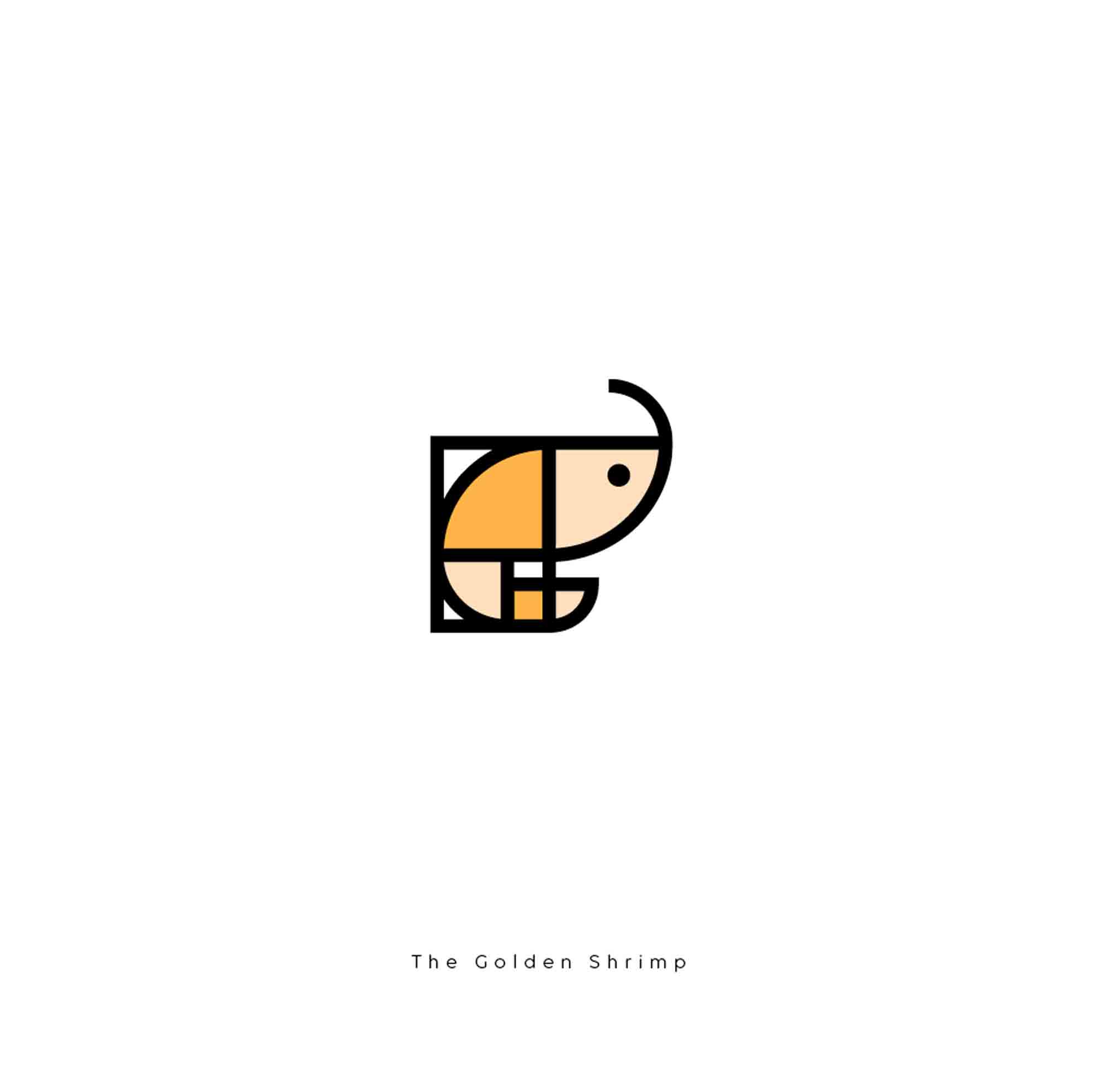
What is your definition of success? What is your definition of failure?
My definition of success is when my designs properly provide solutions to problems. If not, I consider them as failures. When I look back at my failures, it was often because I didn’t think about things thoroughly enough. I do believe that failures make you a better designer though, as they help you gain valuable knowledge and experience by learning from mistakes.
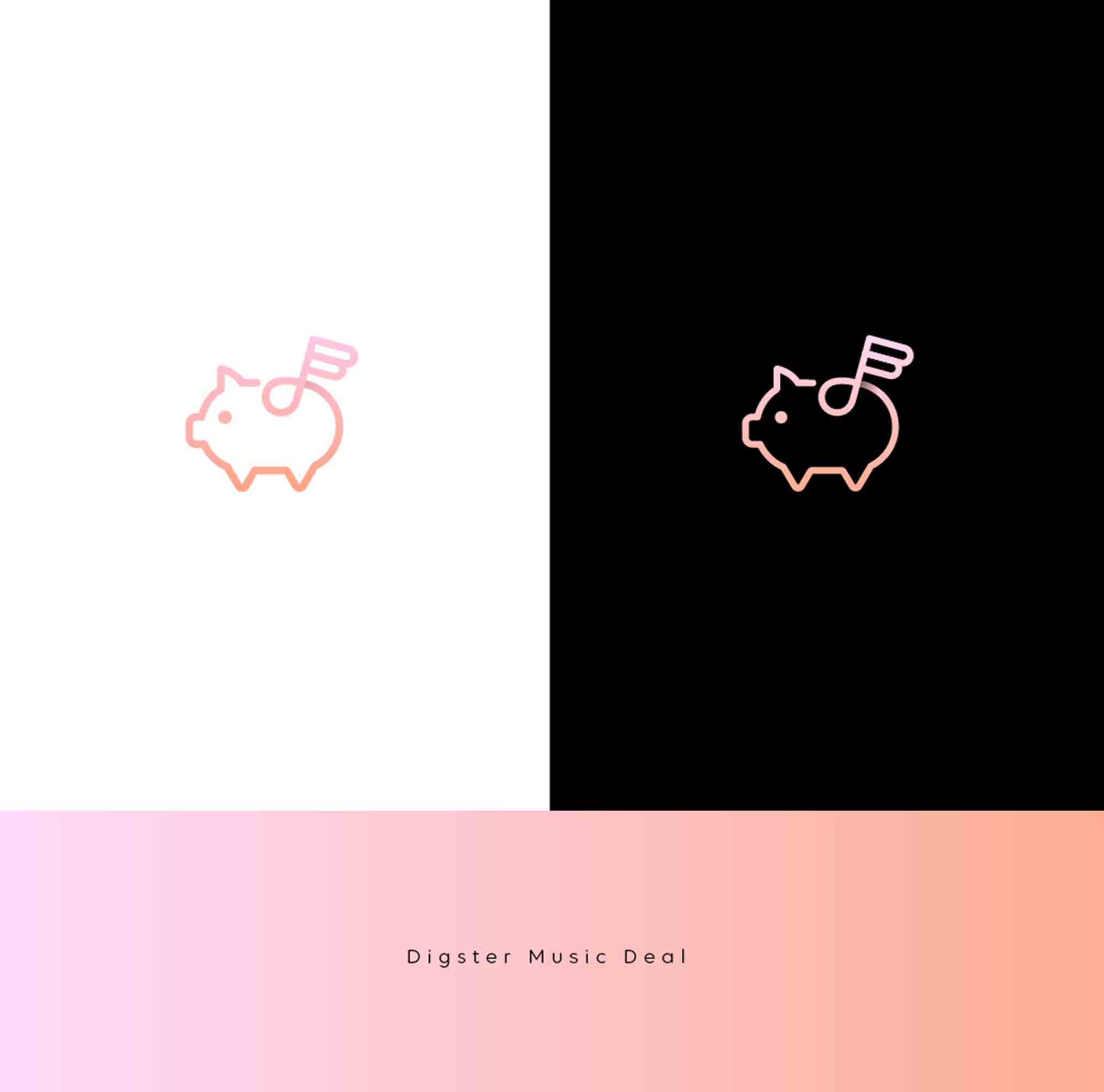
What’s next for Kira Chao? Tell us a bit about where you’re headed in life and design.
There are so many ideas and plans in my head that I am brewing currently after coming back from my recent vacation to Hong Kong. One art project that I will share is that I am currently collecting old books, pictures and document pieces from my hometown, which date back well before the 90s. My plan is to take these collected pieces and work on formulating a VR project with a few of my design friends. Together, I hope to creatively show the heritage and history of the pieces collected, which I believe will be otherwise forgotten in a decade or two. Stay tuned!
To see the collection of logos that Kira Chao has uploaded to the Lounge for submission in LogoLounge Book 11’s competition, please see here.
To visit her professional website, simply click here. And watch out for September’s featured member article, as we bring another designer “Center Stage.”